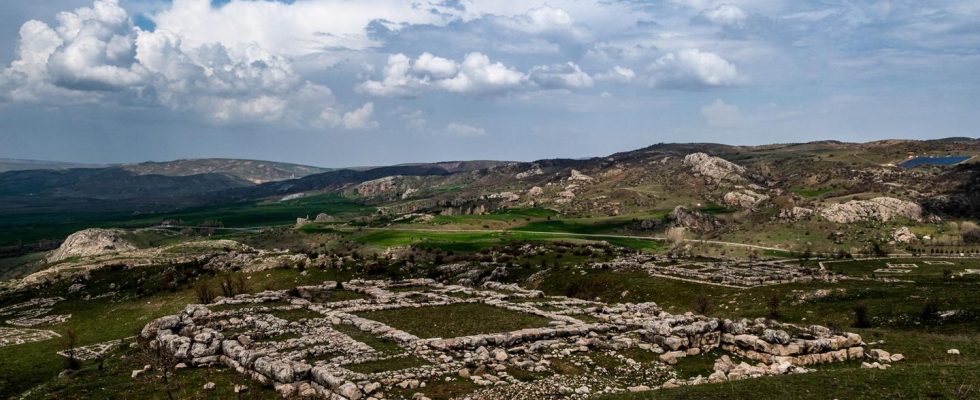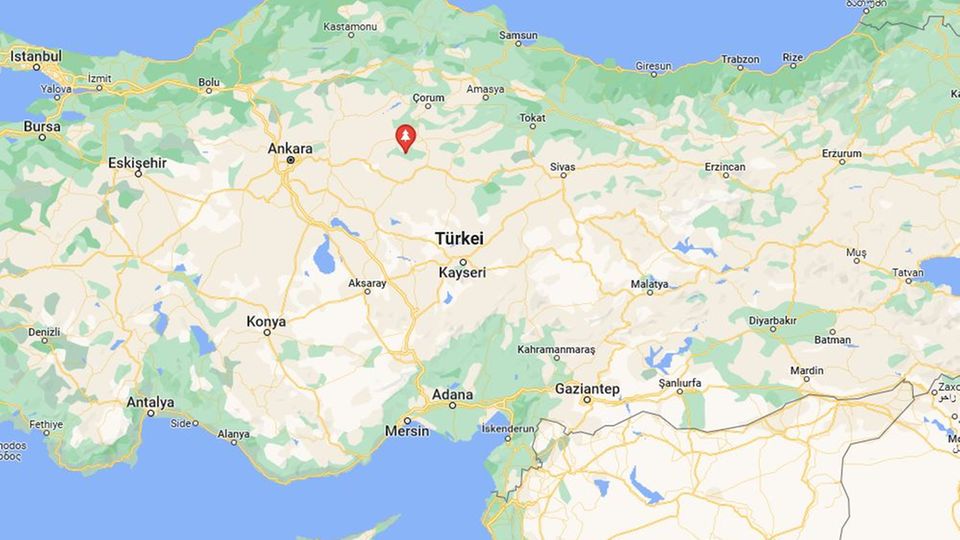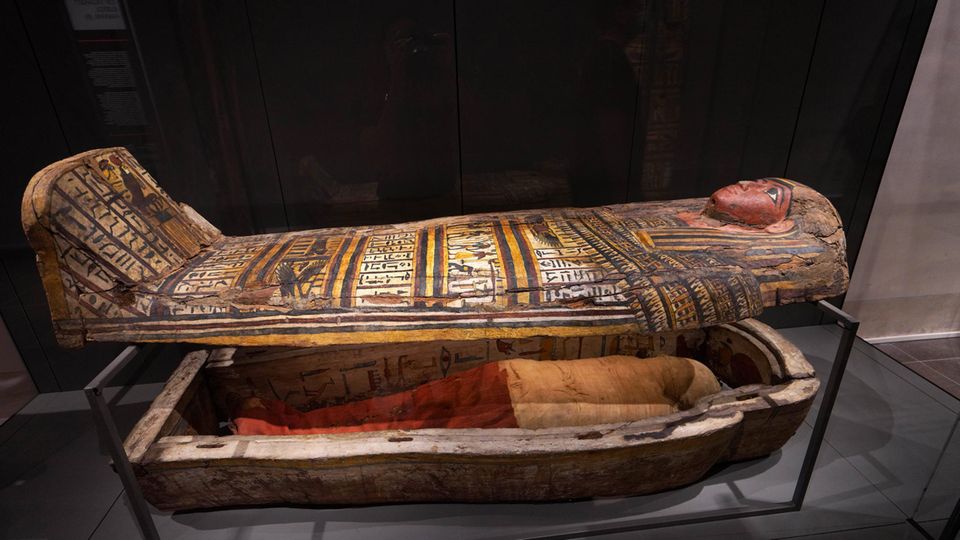Archeology in Turkey
Researchers discover new Indo-European language during excavations
The excavation in Boğazköy-Hattuša has so far uncovered around 30,000 cuneiform tablets
© Wirestock / Imago Images
Scientists have discovered a previously unknown language during excavations in Turkey. It is also very distantly related to German.
It sounds like painstaking, detailed work when you decipher tens of thousands of clay tablets in cuneiform script. Such archaeological research has been going on for over a century Türkiye – and the researchers involved can currently report a small sensation.
During excavations in central Turkey, a cuneiform tablet with a previously unknown language was discovered. This is reported by the Julius Maximilians University in Würzburg, among others. The local ancient orientalist Daniel Schwemer is involved in researching the excavation sites in Boğazköy-Hattuša.
The place in north central Turkey is a UNESCO World Heritage Site. Where today scientists shovel and brush their way through stones, dust and rubble, in ancient times there was the center of a great power: The Hittite Empire existed during the late Bronze Age, i.e. between 1650 and 1200 BC, and competed with the ancient Egyptians and the Assyrians Babylonians.
Those people from Asia Minor apparently found other cultures very exciting, as can be seen from the current publications on this new find. “The Hittites were uniquely interested in recording rituals in foreign languages,” explains antiquarian Schwemer in the press release. That’s why it’s not all that surprising that references to another language that was previously unknown to us were discovered in their records.
Excavation in Turkey explores Hittite culture
The previously unknown language was discovered as a kind of quotation, embedded in an inscription in Hittite. The professor describes it like this: In a ritual text in the Hittite language there is a hidden recitation in that previously unknown language. It was described as the “language of the land of Kalašma”. This was probably in the region where today’s Turkish province of Bolu is located.
The excavations are taking place in Boğazköy-Hattuša, marked here in red. The historical place is in today’s Türkiye. The new language was discovered while examining cuneiform tablets
© Screenshot / Google Maps
It has not yet been possible to decipher what the words mean. However, initial investigations by Professor Elisabeth Rieken from the Philipps University of Marburg showed that this language belongs to the Anatolian-Indo-European language family.
Indo-European language family – German is also part of it
And so it is also related – across many corners – to German, which is also one of the Indo-European languages. The name is a bit misleading because these idioms actually have little to do with Germanic peoples or India. Their origins lie in parts of Europe and Asia, including Romance, Slavic and Celtic languages. There are similarities in vocabulary and grammar, Indo-European languages spread across the entire globe through migrations.
The origin of research on the Hittite Empire and the cultures of that time is Turkey – but modern Turkish does not belong to the Indo-European language family.
Almost 30,000 clay tablets with cuneiform writing have been in the Boğazköy-Hattuša excavation site over the many decades been found. The fragments of walls and buildings uncovered there provide information about culture, religion and administration in the ancient Near East.
Sources: Julius Maximilian University of Würzburg, Academy of Sciences and Literature in Mainz“Greekreporter.com“, German Archaeological Institute
Find out more about a spectacular discovery in archeology on stern+: A German-Egyptian research team is investigating an underground workshop in the desert floor. And finds out that the deceased were apparently prepared there for their journey into the afterlife.




